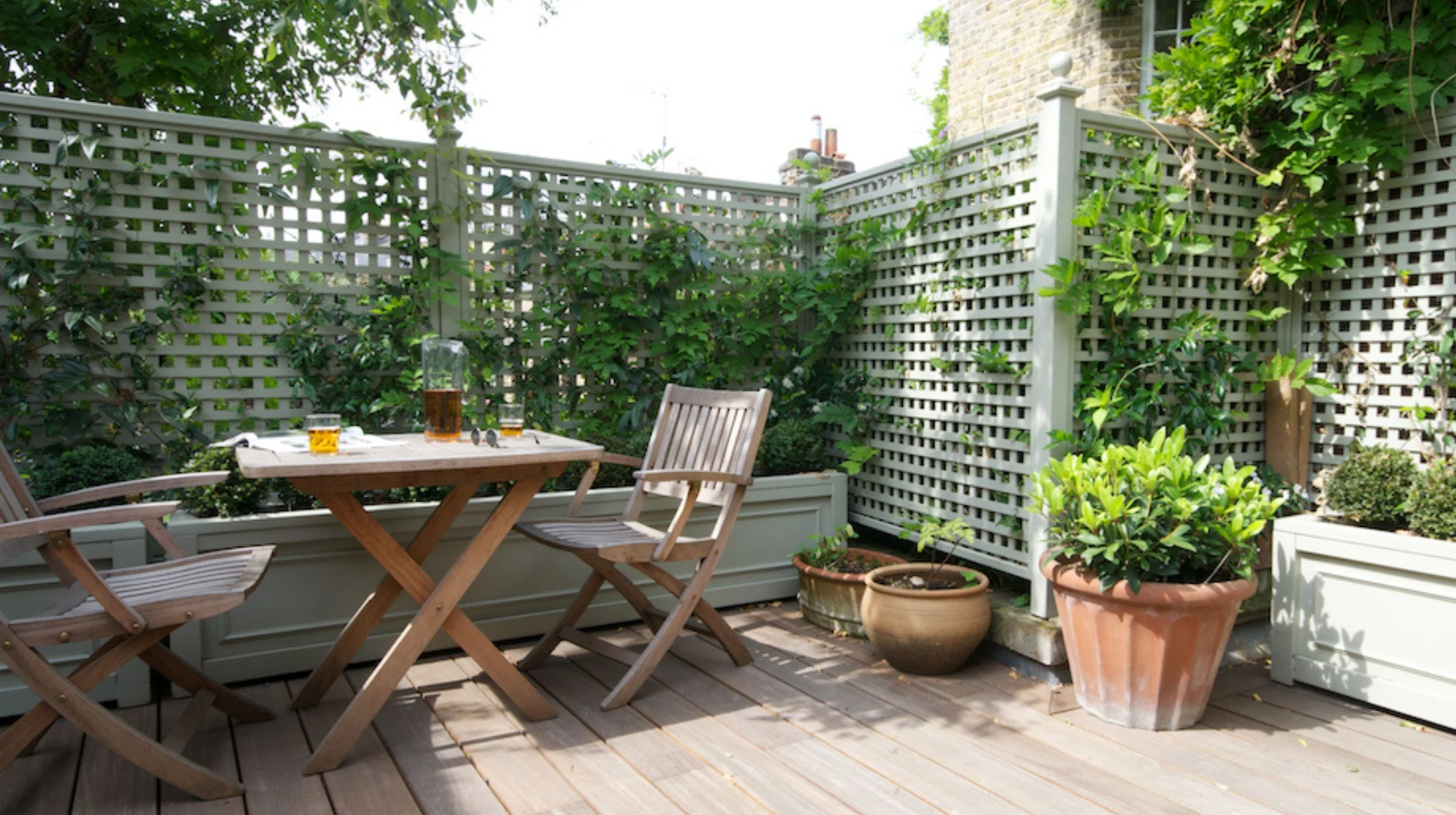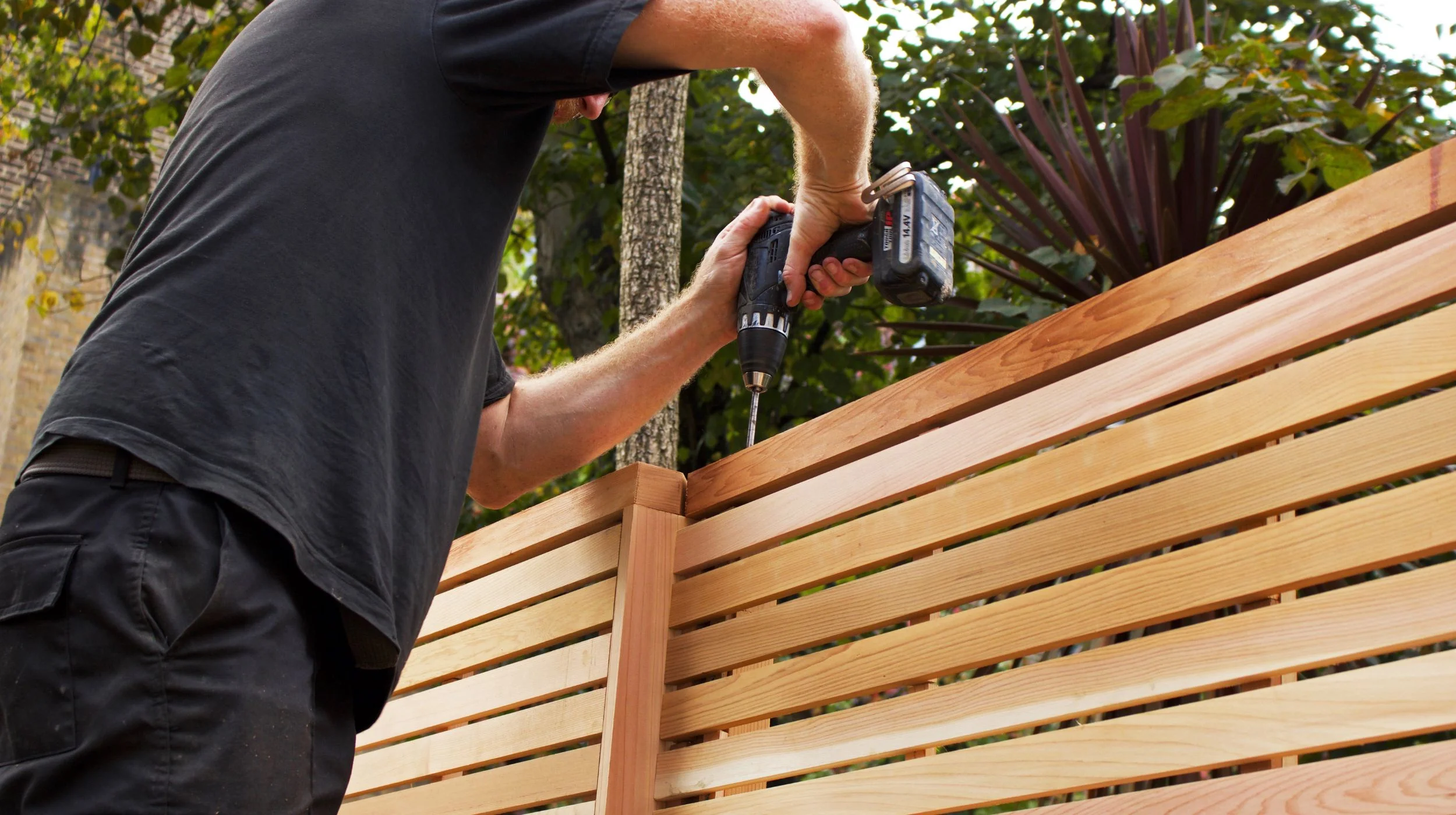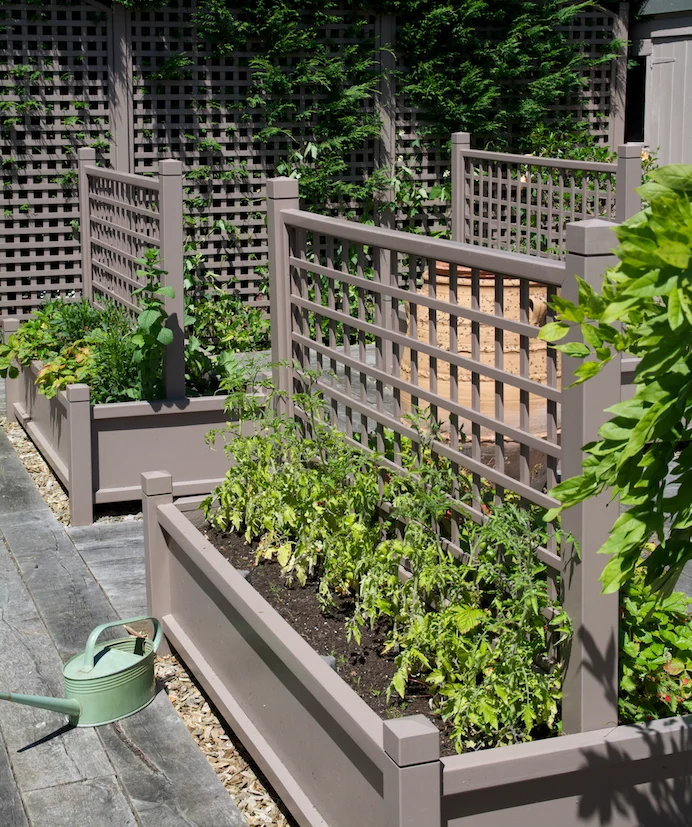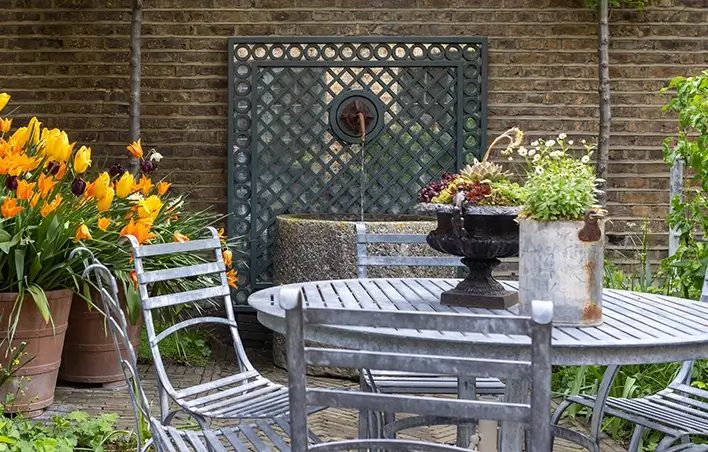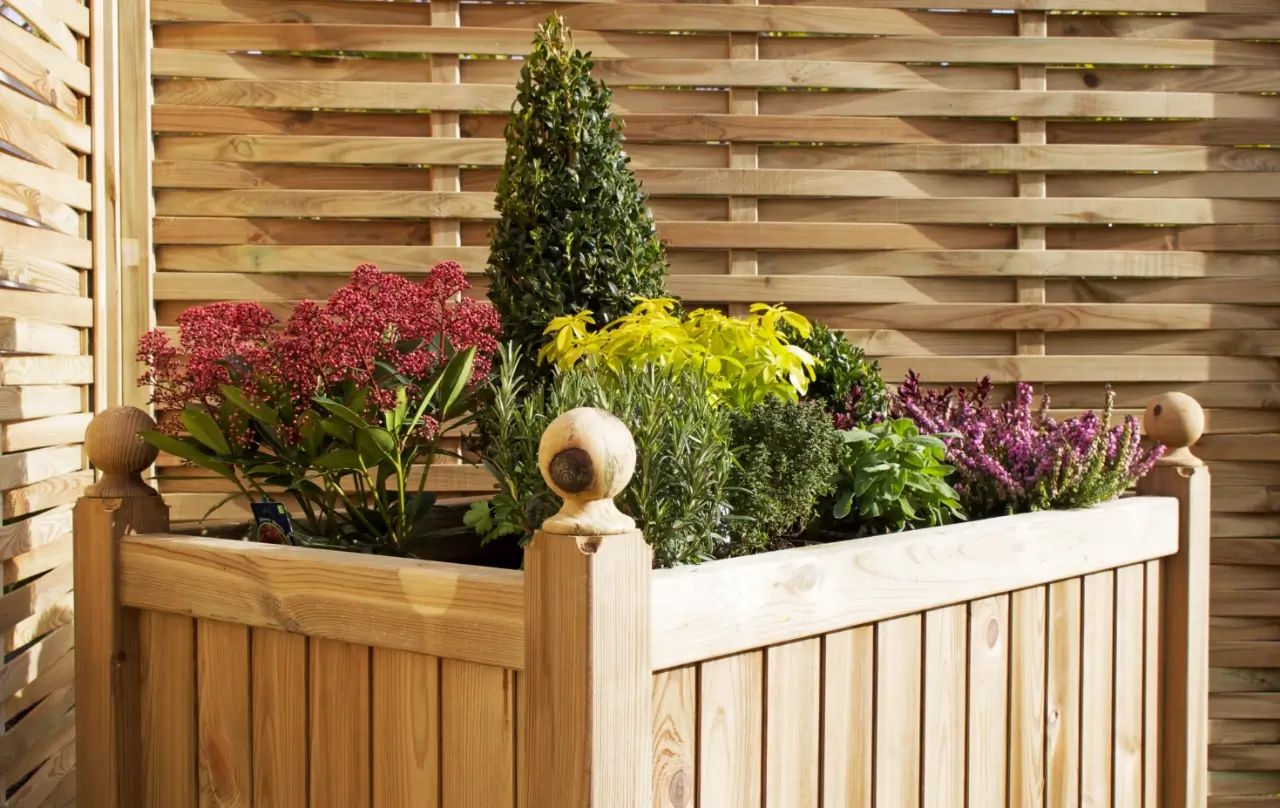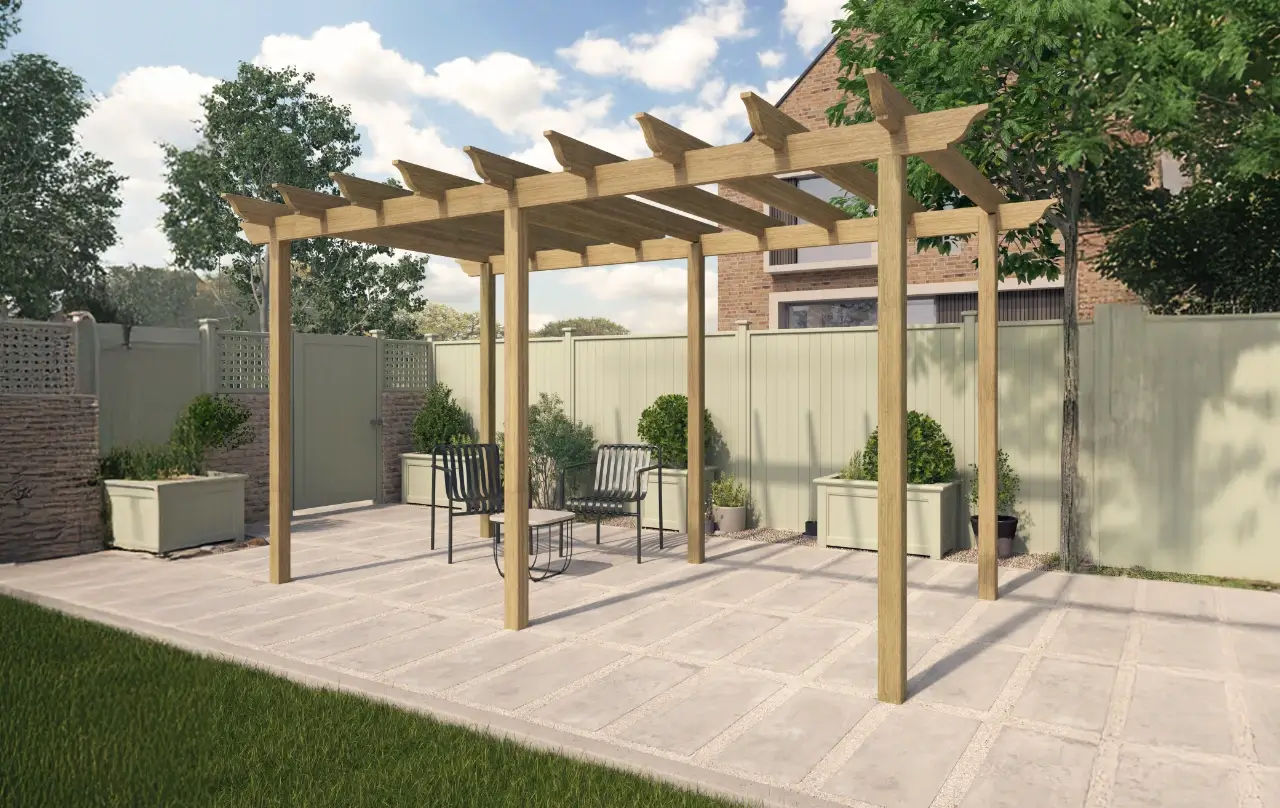Your basket is currently empty!
The Fundamentals of Sustainable Gardening: An Introduction

Gardening, an age-old pastime, has always been a canvas for creativity and a sanctuary for many individuals. As we move into an era where sustainability is of prime importance, the approach towards our gardens must evolve as well. Sustainable gardening is not just a buzzword; it’s a practice that encompasses a multitude of techniques designed to minimise environmental impact and promote a healthier ecosystem.
Sustainable gardening involves choosing plants that are appropriate for your local climate, optimising water use, reducing waste, and generally creating a garden that exists harmoniously with nature rather than working against it. It’s about fostering a space that supports wildlife, conserves resources, and also looks visually appealing.
In the UK, where diverse climates and soil types offer a wide range of gardening opportunities, sustainable practices can make a profound difference. From the Garden Trellis Company, you’ll find a host of resources to make your garden not just beautiful, but also environmentally friendly. They offer an array of garden structures and accessories, all designed and manufactured with sustainability in mind.
In this guide, we will explore the fundamentals of sustainable gardening, focusing on eco-friendly additions like garden trellis, wooden planters, rose arches, and pergolas. Each of these elements can contribute to a balanced and sustainable garden, creating a space that is not only pleasant for you but also beneficial for our planet.
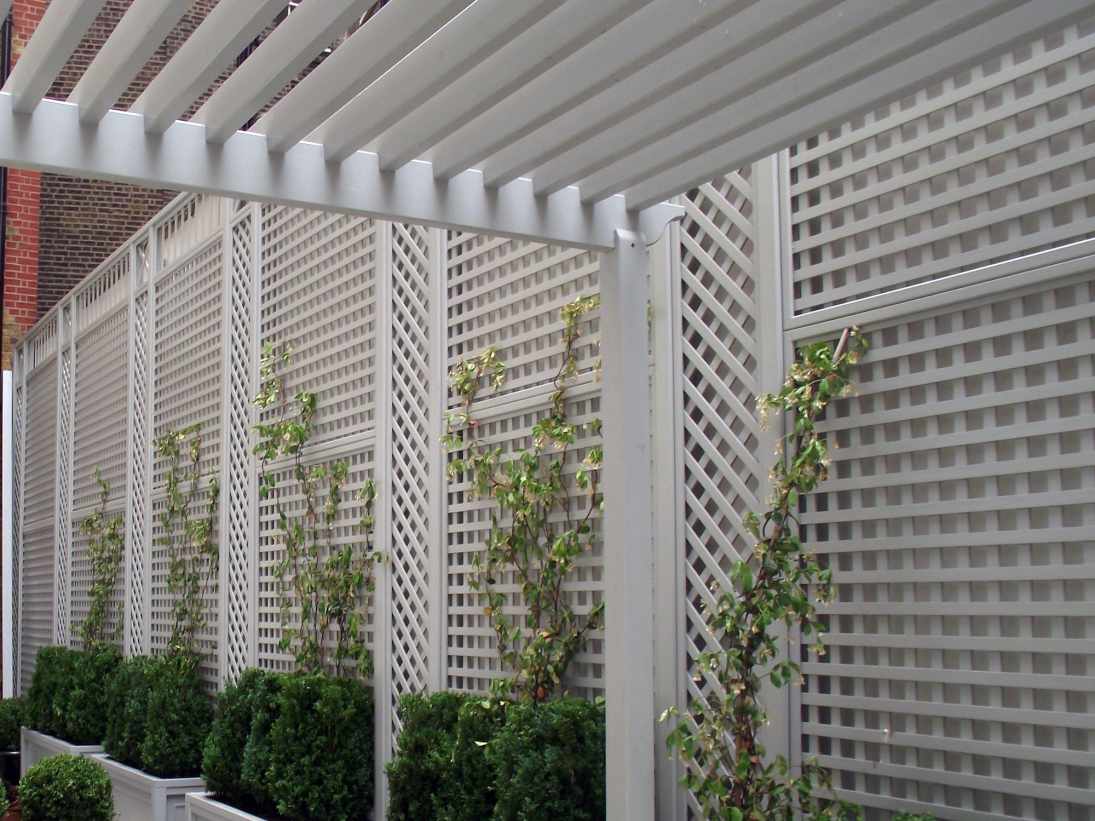
Great! Now let’s delve deeper into the first sustainable garden feature: Garden trellises.
The Role of Garden Trellises in Sustainable Gardening
A garden trellis is more than a beautiful addition to your garden; it’s a functional feature that aids in your journey towards sustainability. Garden trellises are latticed structures that provide support for climbing plants, facilitating vertical growth and encouraging healthy air circulation.
By optimising vertical space, trellises reduce the need for land expansion, thereby preserving soil structure and biodiversity. This is especially pertinent in the UK, where garden space can often be limited.
Trellises help control plant growth, making maintenance easier and reducing the need for chemical intervention. The enhanced air circulation they provide can minimise the risk of plant diseases, further reducing the need for potentially harmful pesticides.
The Garden Trellis Company offers a wide range of trellises made from sustainably sourced, pressure or heat-treated timber. These wooden trellises not only reduce the garden’s carbon footprint but also blend beautifully with natural surroundings, creating a tranquil aesthetic.
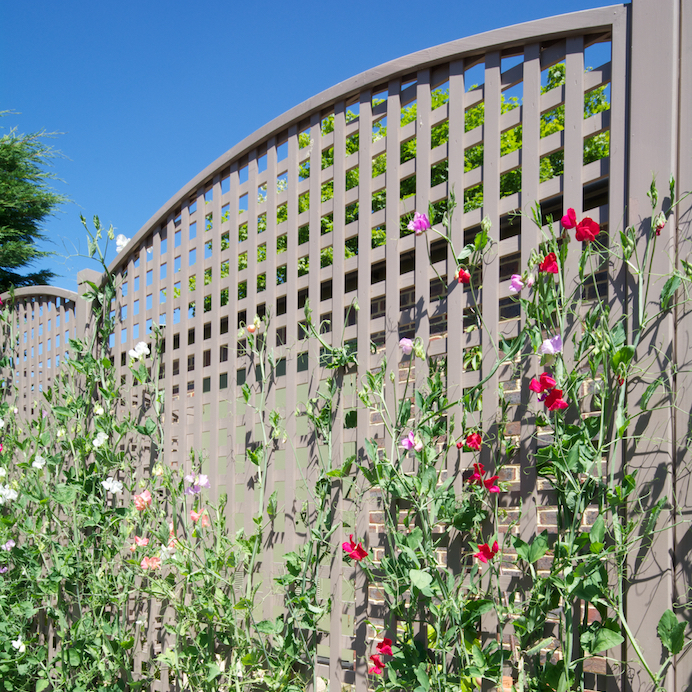
Wooden Planters: Enhancing Sustainability and Beauty in Your Garden
Wooden planters are an exemplary element of sustainable gardening. They offer a natural, eco-friendly alternative to plastic containers, reinforcing your commitment to reducing plastic waste. Available in a wide variety of shapes and sizes, wooden planters can accommodate everything from small herb patches to large shrubs and trees.
Sustainably sourced wooden planters from The Garden Trellis Company are not only stylish and durable, but also beneficial to the environment. Wood is a renewable resource, and when responsibly sourced, it promotes sustainable forestry practices.
Wooden planters provide excellent insulation for plant roots, regulating temperature in the varied UK climate. This natural temperature control can help plants thrive throughout the year, reducing the need for resource-intensive indoor plant care.
Moreover, wooden planters help create microenvironments within your garden, potentially increasing biodiversity. They allow for the cultivation of various plant species in close proximity, promoting beneficial insect life and improving the garden ecosystem.
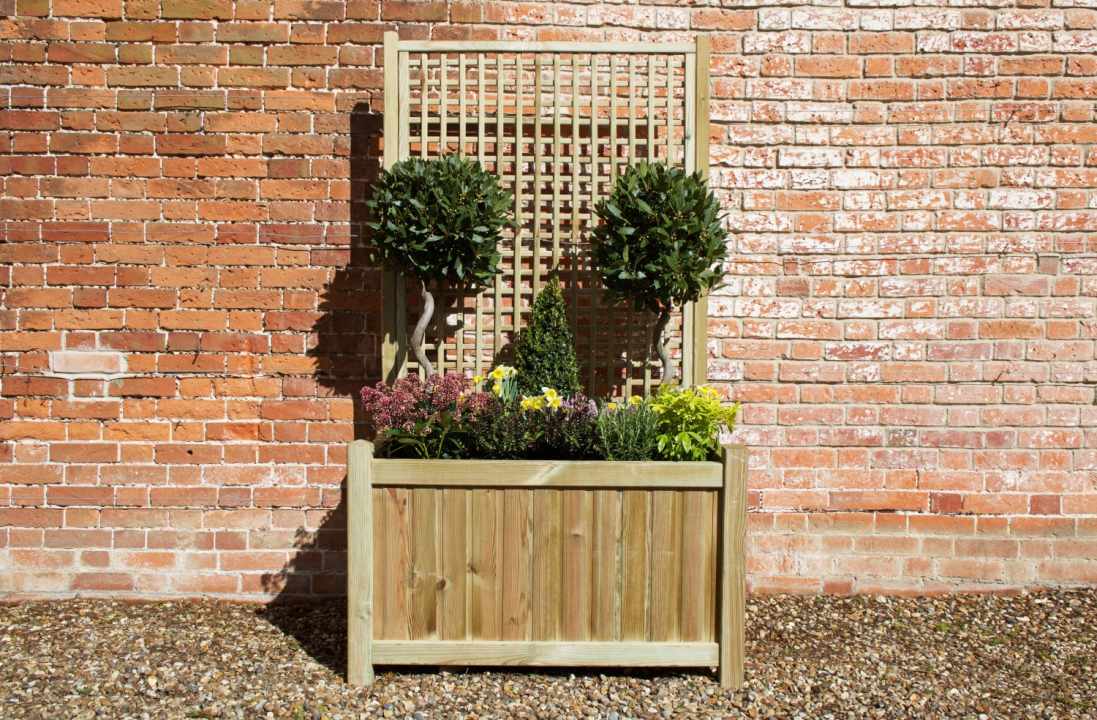
Rose Arches and Arbours: Adding Structure and Charm to Your Sustainable Garden
A distinctive rose arch or arbour can transform an ordinary garden into an enchanting retreat. Beyond aesthetics, rose arches and arbours are a nod towards sustainable gardening, utilising vertical space and enhancing biodiversity.
Architecturally, rose arches and arbours add height, interest, and drama to your garden. They can create striking focal points, define garden entrances, or form a romantic passageway leading to a secluded area.
Eco-friendly rose arches and arbours support vertical gardening – a technique that maximises production in a limited area. They provide a structure for climbing roses and other vine plants to grow upwards, which can increase your garden’s productivity without expanding its footprint.
Cultivating climbing roses and other nectar-rich flowers on arches and arbours can attract beneficial insects, fostering an ecosystem that supports natural pest control. This reduces the need for chemical pesticides, aligning with the principles of sustainable gardening.
Furthermore, rose arches and arbours can offer a habitat for small birds, providing them with shelter and a place to nest, further contributing to garden biodiversity.
Fantastic! Now, let’s dive into the final aspect of sustainable gardening: Pergolas.
Pergolas: Multi-purpose Garden Structures for Sustainability
As an emblem of sustainable gardening, pergolas make an aesthetic and functional addition to any outdoor space. A pergola is a garden feature forming a shaded walkway, passageway, or sitting area with vertical posts or pillars that support cross-beams and a sturdy open lattice.
Pergolas are versatile and can be used in numerous ways in a sustainable garden. They are perfect for creating shaded areas in your garden, helping to protect both you and your plants from the harsh midday sun. This shade can help to reduce water evaporation from the soil and plants, leading to less need for watering.
Climbing plants, vines, or creepers can be trained to grow on a pergola, offering a perfect opportunity for vertical gardening. This can increase the amount of greenery in your garden without taking up more ground space. Plants grown on pergolas can also provide additional shade and create a lovely, leafy ‘roof’.
Additionally, pergolas create a habitat for wildlife. Birds can nest in the plants growing on the pergola, and the structure can offer shelter for beneficial insects. This enhances biodiversity and contributes to the balance of the garden ecosystem.
Pergolas are a long-lasting garden feature that can be made from sustainable materials, making them a truly eco-friendly choice. Opt for pergolas made from responsibly sourced wood, which is both sturdy and environmentally friendly.
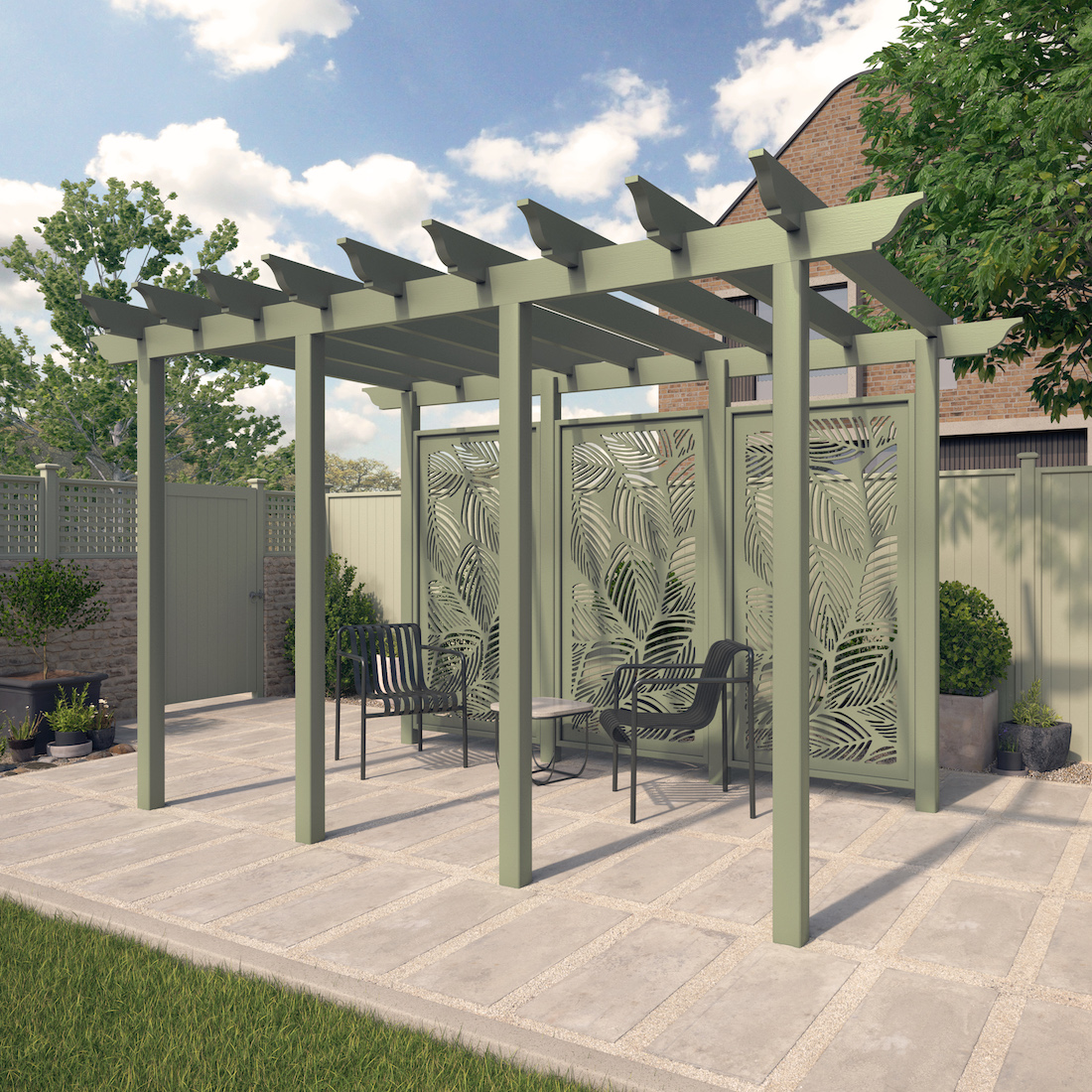
Encouraging Wildlife: Biodiversity in the Sustainable Garden
A key facet of sustainable gardening in the UK is encouraging local wildlife to thrive. A biodiverse garden is a healthier garden, offering benefits for both the local ecosystem and your plants.
Here are some ways to invite a variety of wildlife into your garden:
Feed the Birds
Birds are great friends to gardeners, acting as natural pest controllers. Bird feeders and bird baths can help attract a variety of bird species to your garden. Planting native fruiting trees and shrubs can also provide natural food sources for them.
Insect Hotels
Insects, including bees and butterflies, are vital pollinators for your plants. You can encourage these beneficial insects by providing them with habitats, often called ‘insect hotels’ or ‘bug hotels’. These can be bought ready-made or you can create your own from natural materials like wood, straw, and pinecones.
Cultivate Native Plants
Native plants are the preferred food source for many local insects and birds. They also tend to be better suited to the local soil and climate conditions, requiring less water and fertiliser than exotic species.
Create a Pond
If you have enough space, consider adding a small pond to your garden. Ponds can attract frogs, toads, newts, and various water insects. These creatures will help to control pests such as slugs and snails. Remember to create sloping sides or stepping stones in your pond to provide easy access for wildlife.
Leave Wild Areas
It can be beneficial to leave some areas of your garden ‘wild’. Piles of leaves, logs, and stones can create habitats for a range of creatures including hedgehogs, beetles, and spiders. Even a small wild corner can significantly boost the biodiversity in your garden.
By fostering a diverse range of wildlife in your garden, you create a more resilient ecosystem that can better withstand pests, diseases, and climate fluctuations. The sight and sound of thriving wildlife can also greatly enhance the joy of spending time in your garden.
Conclusion
Sustainable gardening represents a shift in approach towards a more environmentally friendly, harmonious relationship with nature. The practices outlined above, from incorporating garden structures like trellis panels, wooden planters, rose arches, and pergolas, to choosing more eco-friendly resources and encouraging a diverse array of wildlife, can all contribute to a healthier, more sustainable garden.
Sustainable gardening not only contributes to the preservation of the environment but also fosters a greater connection between us and the nature that surrounds us. It brings a deeper understanding and appreciation of the cycles of growth and decay, and of the complex interrelationships between plants, insects, animals, and the soil.
By adopting sustainable practices in your garden, you can make a real difference in your local environment. The return is a garden that is not only more beautiful and productive but also more resilient and full of life. So why not start implementing some of these ideas in your garden today? It’s never too late to garden with nature, rather than against it.
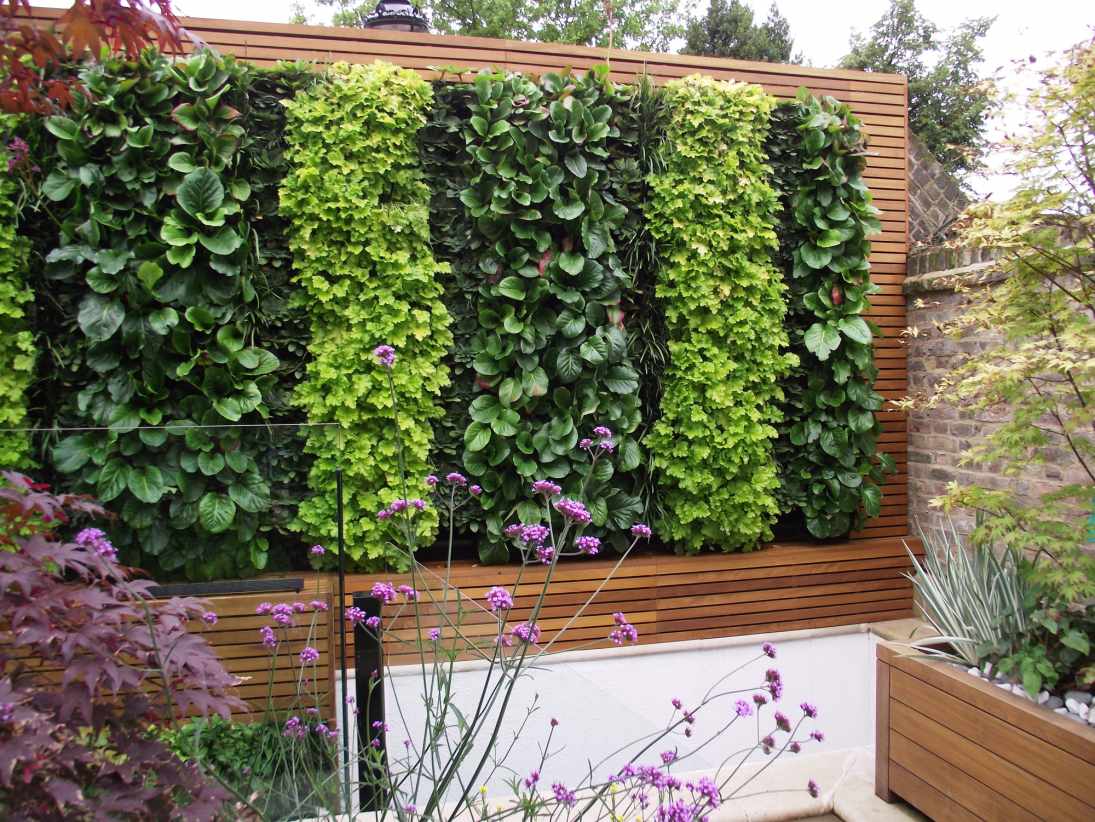
In line with the ethos of sustainable gardening, it’s essential to choose garden products that are created with environmental responsibility in mind. The Garden Trellis Company exemplifies this commitment. As UK’s leading trellis manufacturer, they place sustainability at the heart of their manufacturing process. They ensure their timber is sourced responsibly and aim to minimise waste in their operations. Moreover, they constantly seek ways to improve their environmental performance across all business areas. You can learn more about their commitment to environmental sustainability by visiting their Environmental Policy page. By choosing products from manufacturers that prioritise sustainability, you’re not only enhancing your garden but also contributing to the broader cause of environmental stewardship.
Remember that every small step towards sustainability counts. And as you see your garden flourishing as a result, you’ll also be rewarded with the satisfaction of knowing you’re playing your part in caring for our planet.
Need further guidance to start planning your project? Download our simple guide >
